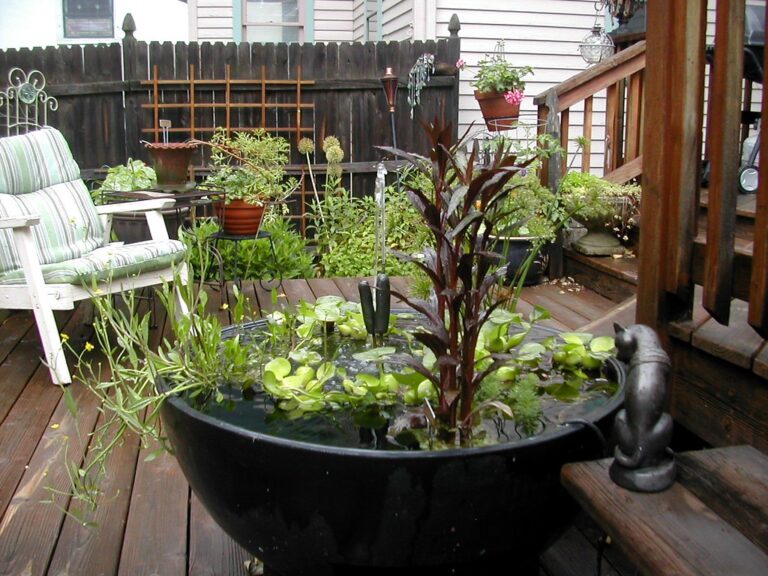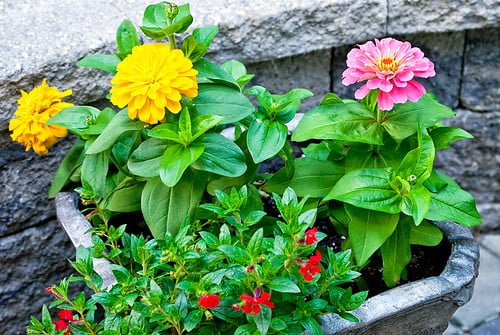Mastering Sunlight and Shade Management for Optimal Plant Growth
You'll learn how to master sunlight and shade for optimal plant growth. Discover the key to understanding sunlight requirements, identifying shade-tolerant plants, and managing sun and shade levels. You'll adjust plant placement, utilize shade structures, and monitor sunlight intensity. Adapt to seasonal changes, control artificial light sources, and evaluate plant response. With these practical tips, you'll nurture your plants and create a thriving, balanced environment for their growth.
Understanding Sunlight Requirements
To achieve optimal plant growth, you need to understand the specific sunlight requirements of your plants. Different plants have different needs when it comes to sunlight. Some thrive in full sun, while others prefer partial shade or full shade. Observing your plants throughout the day can help you determine their sunlight preferences. Notice which areas of your garden receive direct sunlight and for how long. Take note of any areas that are shaded or receive dappled sunlight. By understanding the sunlight requirements of your plants, you can ensure that they receive the right amount of light to thrive. This practical knowledge will allow you to nurture your plants and serve them in the best possible way.
Identifying Shade-Tolerant Plants
You can easily identify shade-tolerant plants by observing which areas of your garden receive dappled sunlight or full shade, and noting the plants that thrive in these conditions. Look for plants with larger leaves, as they are often better equipped to capture the limited light available in shaded areas. Some examples of shade-tolerant plants include ferns, hostas, and certain varieties of coral bells and astilbes. These plants have adapted to thrive in low-light conditions and can bring a lush, vibrant feel to the shaded areas of your garden. When selecting shade-tolerant plants, consider the specific type of shade present in your garden, as different plants have varying tolerances for deep shade, partial shade, or dappled sunlight. By carefully observing and choosing the right plants, you can create a beautiful, thriving garden even in shaded areas.
Managing Sun and Shade Levels
Understanding the management of sunlight and shade levels is crucial for optimizing plant growth and ensuring the vitality of your garden. To manage sun and shade effectively, start by observing the patterns of sunlight in your garden throughout the day. Note the areas that receive full sun, partial sun, and full shade. This will help you determine which plants are best suited for each area. For plants that require full sun, consider positioning them in the sunniest spots, while shade-loving plants should be placed in areas with less sunlight. Additionally, using shade cloth or strategically planting trees can help regulate the amount of sunlight reaching certain areas. By being attentive to the sun and shade levels in your garden, you can create an environment that nurtures optimal plant growth.
Adjusting Plant Placement
Observing the patterns of sunlight in your garden throughout the day, you can adjust plant placement to optimize their growth and ensure they receive the necessary sunlight. Start by identifying the areas that receive the most sunlight and those that are shaded at different times. High-light plants, like tomatoes and peppers, should be placed in the sunniest spots, while shade-loving plants, such as lettuce and spinach, can thrive in the shadier areas. Consider the seasonal changes in the sun's path and adjust the placement of your plants accordingly. Utilize reflective surfaces to bounce light towards shaded areas if needed. By being attentive to the sunlight and strategically placing your plants, you can create an environment where each plant receives the optimal amount of sunlight for healthy growth.
Utilizing Shade Structures
To ensure optimal plant growth and sun exposure management, consider adding shade structures to protect delicate plants during the hottest part of the day. Shade structures, such as pergolas, arbors, or shade cloth, can effectively shield plants from excessive sunlight and heat. When choosing a shade structure, consider the specific needs of your plants and the layout of your garden. For example, taller plants may require taller structures, while delicate flowers might benefit from a more intricate lattice design. Position the shade structure strategically to provide the right amount of shade without compromising air circulation. Regularly monitor the sun's movement throughout the day to ensure the shade structure effectively shields your plants during peak sunlight hours. With thoughtful consideration and a well-placed shade structure, you can create an ideal environment for your plants to thrive.
Maximizing Natural Light
To maximize natural light for optimal plant growth, position your plants in areas that receive direct sunlight for at least six hours per day. Observe the path of the sun throughout the day to identify the best locations for your plants. Keep in mind that the angle of the sun changes with the seasons, so be prepared to adjust the positioning of your plants accordingly. Consider using reflective surfaces to redirect sunlight onto shaded areas, maximizing the light exposure for your plants. Additionally, keep windows clean to ensure that maximum sunlight enters your indoor plants' space. By being practical and observant in maximizing natural light for your plants, you are nurturing their growth and ensuring they receive the light they need for optimal development.
Monitoring Sunlight Intensity
Position your plants in areas that receive direct sunlight for at least six hours per day to effectively monitor sunlight intensity for optimal growth. Regularly observe the sunlight patterns in your chosen area. Use a sunlight intensity meter to measure the light levels received by your plants. This will help you determine if the plants are getting the recommended amount of sunlight for their specific needs. Keep an eye on any potential obstructions that may cast shadows or block sunlight, such as nearby buildings or trees. By monitoring sunlight intensity, you can make informed decisions about the placement of your plants to ensure they receive the right amount of light for healthy growth. Remember, each plant species has unique sunlight requirements, so it's important to tailor your monitoring approach to suit their individual needs.
Adapting to Seasonal Changes
As the seasons change, you'll need to adapt your plant placement and monitoring to ensure they continue to receive the required sunlight for their growth. During the spring and summer, the sun's path shifts, affecting the intensity and duration of sunlight. Observe how the sunlight falls on your plants and adjust their locations accordingly. Plants that thrived in full sun during the winter may need partial shade as the sun becomes more intense. Conversely, those in shaded areas may benefit from being moved to areas with more sunlight. As the days grow shorter in the fall, consider relocating sun-loving plants to spots that receive maximum light. By being observant and nurturing, you can help your plants thrive despite the seasonal changes, ensuring they receive the optimal sunlight for their growth.
Controlling Artificial Light Sources
You can supplement natural light with artificial sources to ensure your plants receive consistent illumination for optimal growth. When controlling artificial light sources, it's important to consider the specific light requirements of your plants. LED grow lights are energy-efficient and provide a wide spectrum of light suitable for different growth stages. Position the lights at the right distance from your plants to prevent burning or stretching. Consider using timers to maintain a consistent light cycle, mimicking natural day length. Keep an eye on the temperature around the lights to prevent overheating. Regularly clean the light fixtures and replace bulbs as needed to ensure maximum efficiency. By carefully managing your artificial light sources, you can create an ideal environment for your plants to thrive and flourish.
Evaluating Plant Response
To assess plant response, carefully monitor the interaction between natural and artificial light sources and observe any changes in growth patterns. Pay attention to how the plants are leaning or stretching towards the light, as this could indicate insufficient light exposure. On the other hand, if you notice signs of sunburn or wilting, it may be a signal of excessive light. Keep a close eye on the color, size, and density of leaves, as these can provide valuable insights into the plant's health and light requirements. Additionally, regularly inspect for any abnormalities in growth, such as stunted or leggy stems. By actively observing and noting any changes, you can make informed adjustments to create the optimal light environment for your plants' growth and well-being.
Conclusion
You've learned how to master sunlight and shade management for optimal plant growth. By understanding your plants' sunlight needs, identifying shade-tolerant varieties, and utilizing shade structures, you can create the perfect environment for them to thrive. Keep monitoring sunlight intensity and adjusting to seasonal changes to ensure your plants are getting the right amount of light. With these practices, you'll be able to control artificial light sources and evaluate your plants' response for continued success. Happy gardening!






